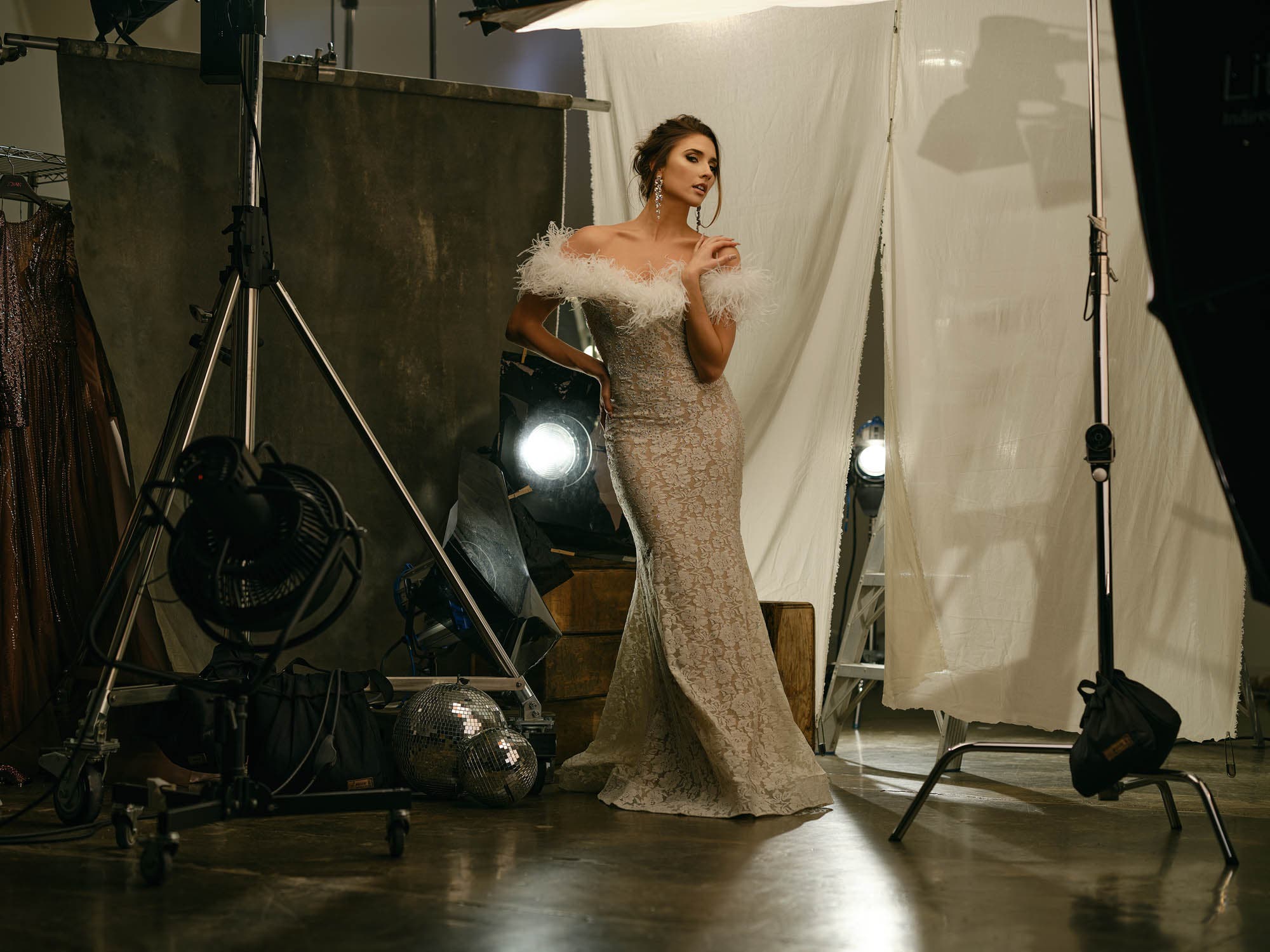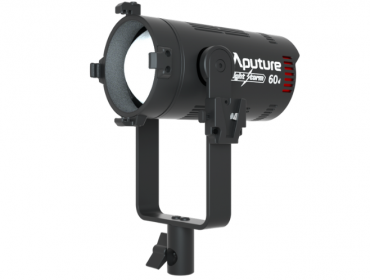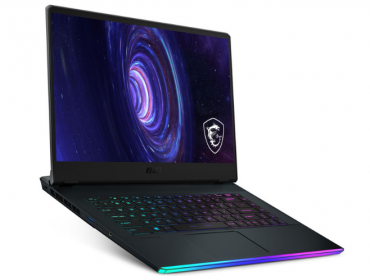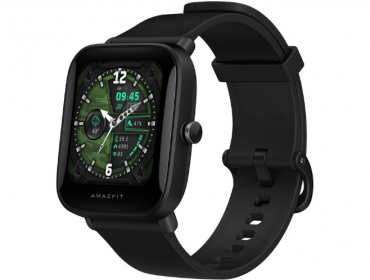It isn’t very often that a new camera touches nearly every need I have as a photographer—I’m always wishing for more creative freedom—but with the Fujifilm GFX100S and FUJINON GF80mmF1.7 R WR camera and lens combination, this is the most satisfied I have been in a very long time. Today, I’ll explain why this brand-new setup worked for me, and why you may want to consider it, too.
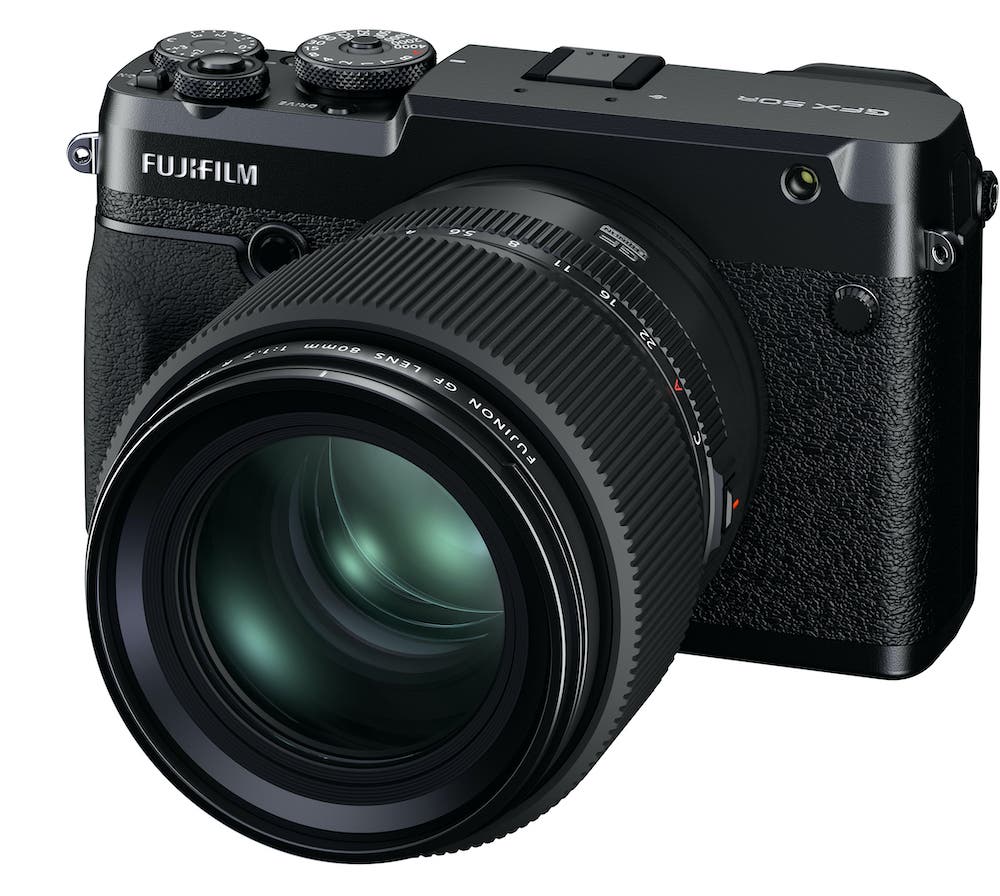
The Impressively Versatile and Powerful Fujifilm GFX100S Camera
Large-format digital cameras have historically paced behind their full-frame counterparts in the areas of speed, versatility, and usability, which makes them impractical to use most of the time—but the new Fujifilm GFX100S completely shatters this belief. Refusing to sacrifice performance for portability, Fujifilm has developed one of the most compact, high-performance large format cameras in the world.
The Fujifilm GFX100S weighs just 1.9 pounds and is similar in size to most full-frame cameras. That said, it’s still able to house a massive 102MP sensor and a 5-axis in-body image stabilization (IBIS) mechanism that provides six stops of stability! Add in its incredibly accurate autofocus and phenomenal color reproduction, and it’s obvious why I’m so excited about the images I’ll be able to make with this camera.
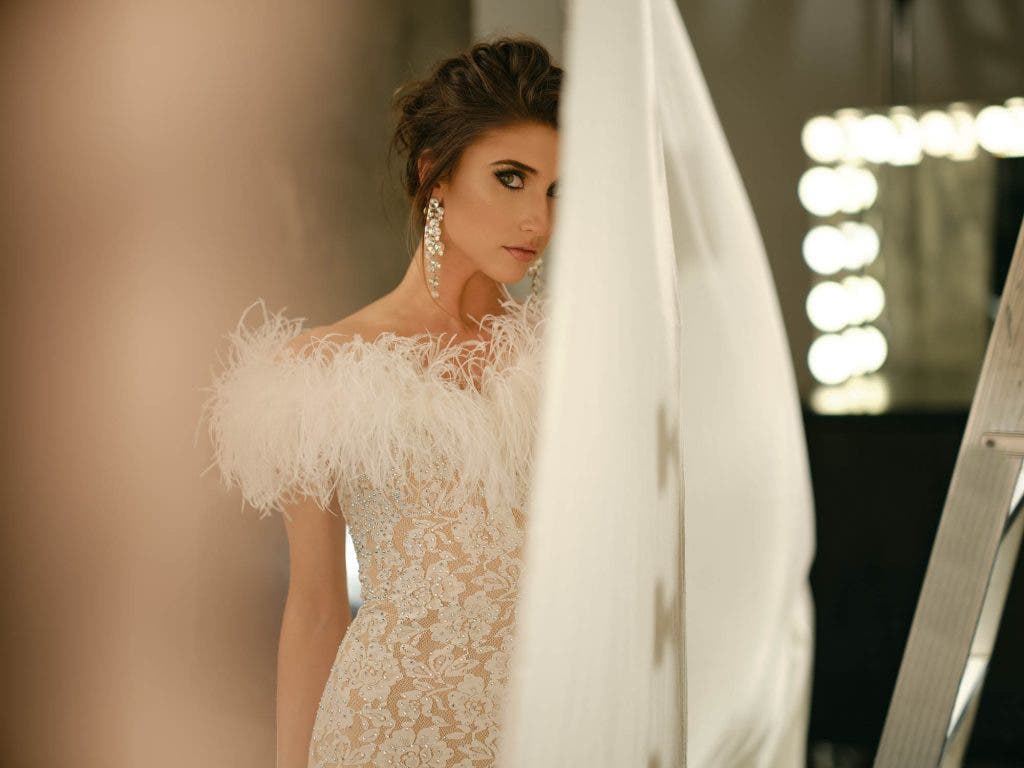
To be honest, in my experience, large-format digital cameras have never really performed well in the focusing department. This was not the case with GFX100S. Using the new GF80mm F/1.7 R WR, I was able to acquire focus quickly, even on dimly lit sets. The IBIS even helped me hold the camera steady enough to make an image at 1/15 of a second! The only thing I need to do at this point is lay off the coffee, and I’ll be almost guaranteed to get sharp images—even with a lens like the GF80mm F/1.7 wide open.
Probably one of the most challenging things about using a large-format digital camera in the past me was how limiting it could be when using higher ISOs. On numerous occasions, I would want to go above ISO 400, but simply couldn’t because the image would break apart. As you should expect at this point, GFX100S has stellar high ISO performance. It’s so good that I would not hesitate to take it up to ISO 1250, or ISO 6400, and let Fujifilm’s one-of-a-kind color processing engine take care of the rest.
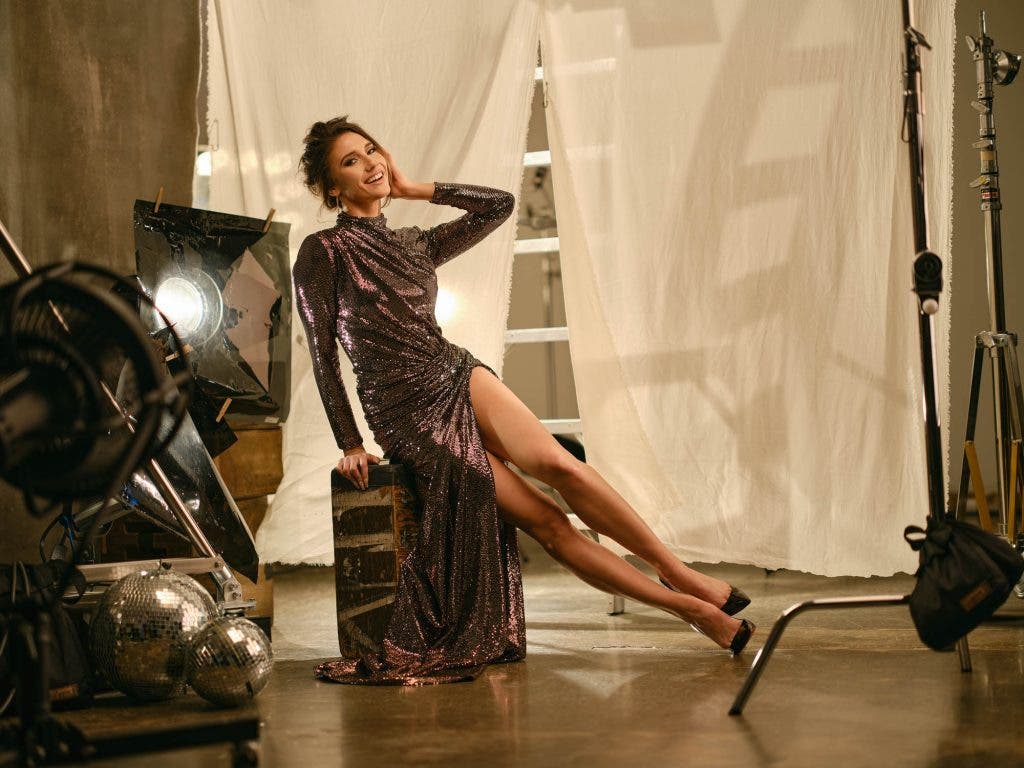
With as much time as I have gotten to spend with this camera, I still can’t believe it’s real. I honestly do not know how Fujifilm was able to put this many cameras into a body and make it only $5999.95, but I’m glad they did because it will be game-changing for many of us.
The Fujifilm GFX100S Camera is available for preorder today.
Key Features
- 102MP Back-Side Illuminated (BSI) sensor
- In-body Image Stabilization provides up to 6-stops of 5-axis stability
- On-board phase-detection AF pixels with nearly 100% coverage
- Record 4k30p, at the sensor’s full width, in 10bit F-Log to an internal SD card, or output footage via the HDMI to record either 12-bit F-Log or 12-bit Apple ProRes RAW, when using an Atomos Ninja V Monitor Recorder
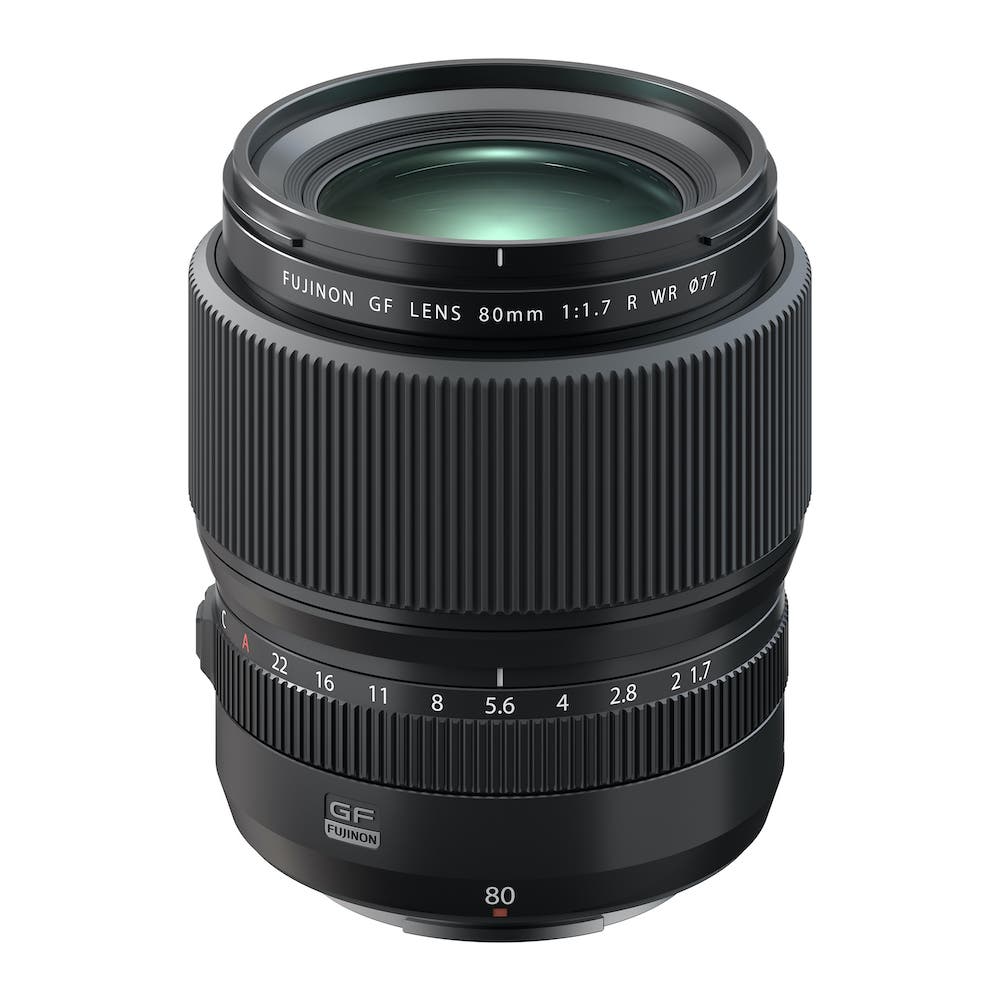
FUJINON GF80mm F/1.7 R WR: A One-of-a-Kind Prime
Along with the new GFX100S, Fujifilm has also announced the FUJINON GF80mm F/1.7 R WR, a new prime lens that happens to be the widest aperture autofocus lens in the world for any large-format digital camera.
This lens is nothing short of amazing. Not only does it deliver a beautifully smooth bokeh that has a highly cinematic feel to it, but the GF80mm F/1.7 also consistently reproduces images with very little distortion and focuses very fast, even when it’s wide open at F/1.7. There’s simply nothing like this lens anywhere in the world of large format.
Anyone who’s used a wide-aperture lens on a large-format camera knows how difficult it can be to acquire focus and maintain it long enough to create an image with the lens wide open. Using large imaging sensors (like the one in GFX100S) with wide apertures can usually be a tricky combination without a lot of practice. However, with the advanced focusing systems in GFX100 and GFX100S, acquiring focus was simple. Maintaining it through the camera’s face/ eye detection features also lets me concentrate on getting the image instead of worrying about focus.
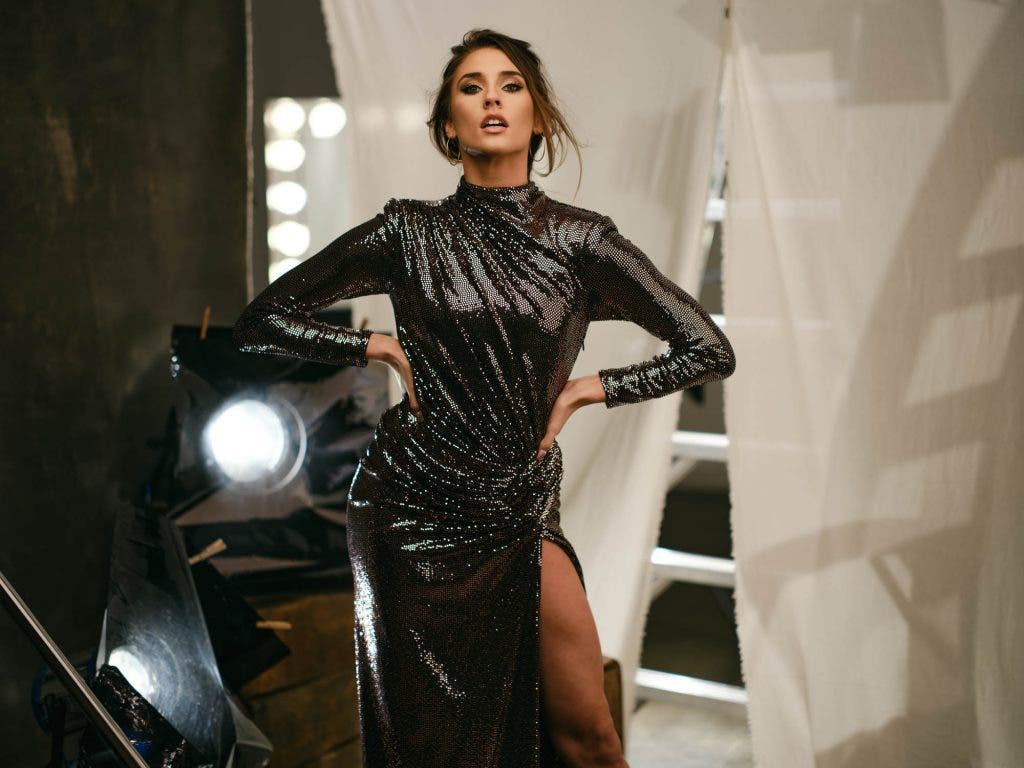
With a 35mm focal length equivalent of 63mm, GF80mm F/1.7 has a surprisingly comfortable angle of view. But, there’s also enough compression to separate subjects from their backgrounds, especially when it’s used wide open at F/1.7. This makes it very versatile for full-length and three-quarter portraits in the studio and on location; it’s precisely engineered to deliver smoothly blurred backgrounds. This results in stunning images with no chromatic aberration and very little optical distortion.
A lot of the images I made with this lens should have caused chromatic aberration, blooming, or flare. Despite this, GF80mm F/1.7 consistently delivered images with virtually none of the above. The lens just kept delivering consistently beautiful images.
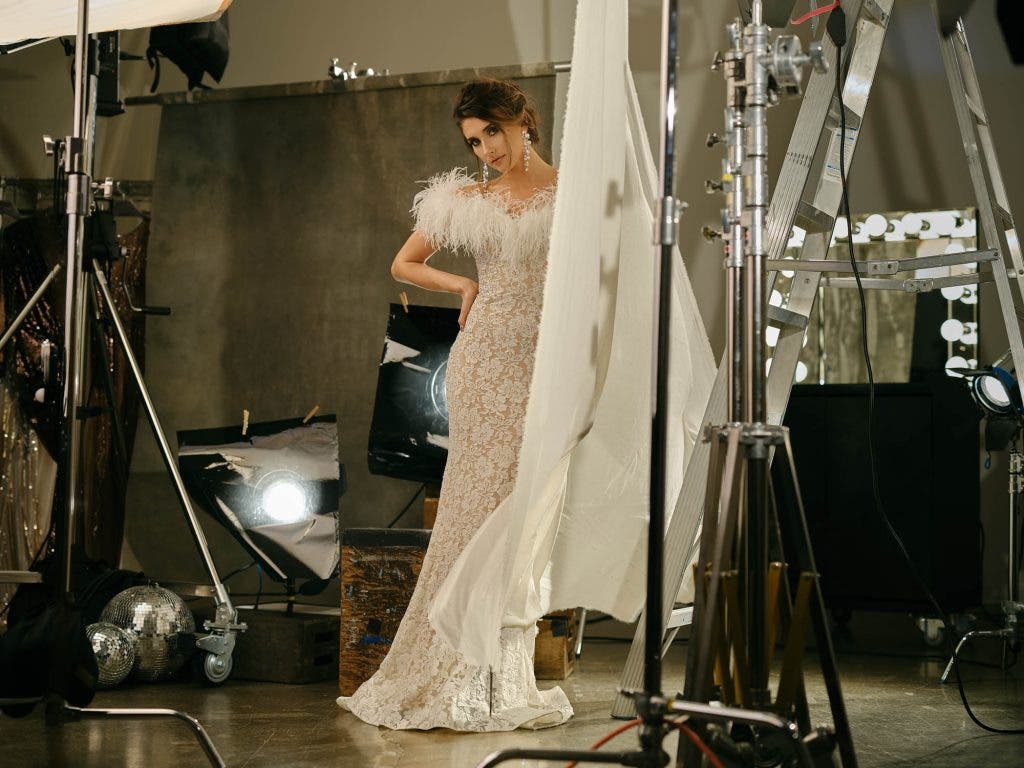
The GFX 100S and GF80mm F/1.7 R WR are an incredible pair that leaves me really looking forward to seeing what Fujifilm will come up with next. After seeing how they’ve crammed a sensor that’s 1.7 times bigger than a full-frame sensor into a body similar in size to other full-frame camera bodies, I’m sure their engineers have other epic things planned for us.
Until then, I’ll be happy making magic with this perfect pair. At the end of the day, if I haven’t convinced you how special this camera and lens are, take a look at the photos it helped me capture.
Key Features
- Lens configuration: 12 elements in 9 groups (Asph:1, Super ED:2)
- Focal Length: 80mm
- Angle of view: 37.7mm
- Max. aperture: F/1.7
- Min. aperture: F/22
- Number of blades 9 (rounded diaphragm opening) 1/3EV (23 steps)
- Weight: 795 g
- Filter Size: 77mm
The FUJINON GF80mmF1.7 R WR is available for preorder today for .
Article and feature image by Ab Sesay

